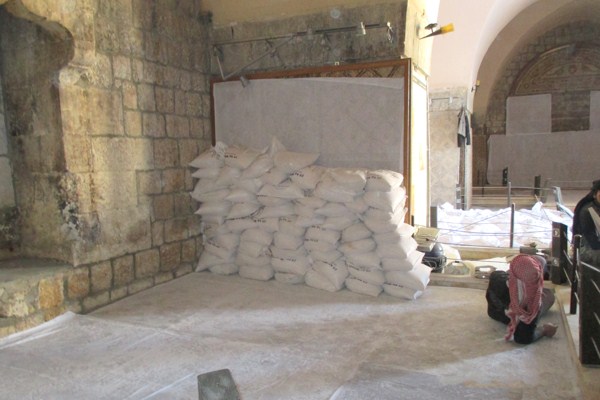Four years ago this week, the first protests against President Bashar al-Assad began in Syria. The toll from his regime’s crackdown and the ensuing civil war is staggering: at least 210,000 dead, 50 percent of the population displaced and over 1.2 million homes destroyed, along with half of Syria’s cities, where the lights have effectively gone out. Nearly 11 million Syrians have been forced from their homes. “The country they sought to improve literally no longer exists,” The Washington Post noted on this grim anniversary.
The war’s toll on Syria’s cultural heritage, in particular, has recently received more attention, after militants from the self-declared Islamic State (IS) went on a rampage destroying Iraqi antiquities. In a dire tally of what remains of Syria, Al Jazeera reported that 290 cultural and heritage sites have been affected by the fighting, with 104 of them severely damaged and 24 totally destroyed. Syria has six UNESCO World Heritage Sites; five of them have been significantly damaged. Satellite analysis from the American Association for the Advancement of Science confirmed the damage, with one of its lead researchers admitting his surprise at “just how extensive the destruction actually is.”
But there are shreds of hope in this dismal reality. Syria may have devolved into a proxy war, but the course of the conflict and the fate of whatever remains of a country called Syria still rest, as they have since the start, on the actions of Syrians. In Aleppo, so much fighting and, more recently, so many regime barrel bombs have made the city—once Syria’s vibrant commercial hub—91 percent darker at night. But working in the darkness is a brave group of civilian first responders, the Syrian Civil Defense, known as the White Helmets, brilliantly profiled by journalist Matthieu Aikins and photographer Sebastiano Tomada in Matter last year. They toil every day, rushing to the rubble from the latest barrel bomb, which Assad’s forces continue to drop—then deny—in violation of a unanimous U.N. Security Council resolution against their use.

